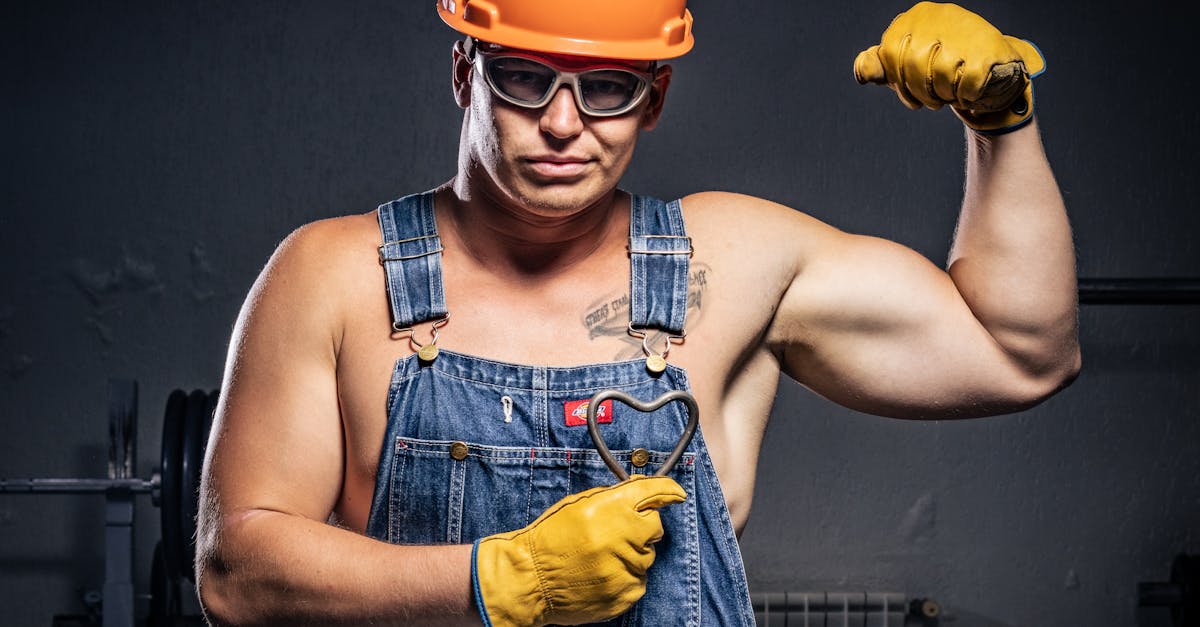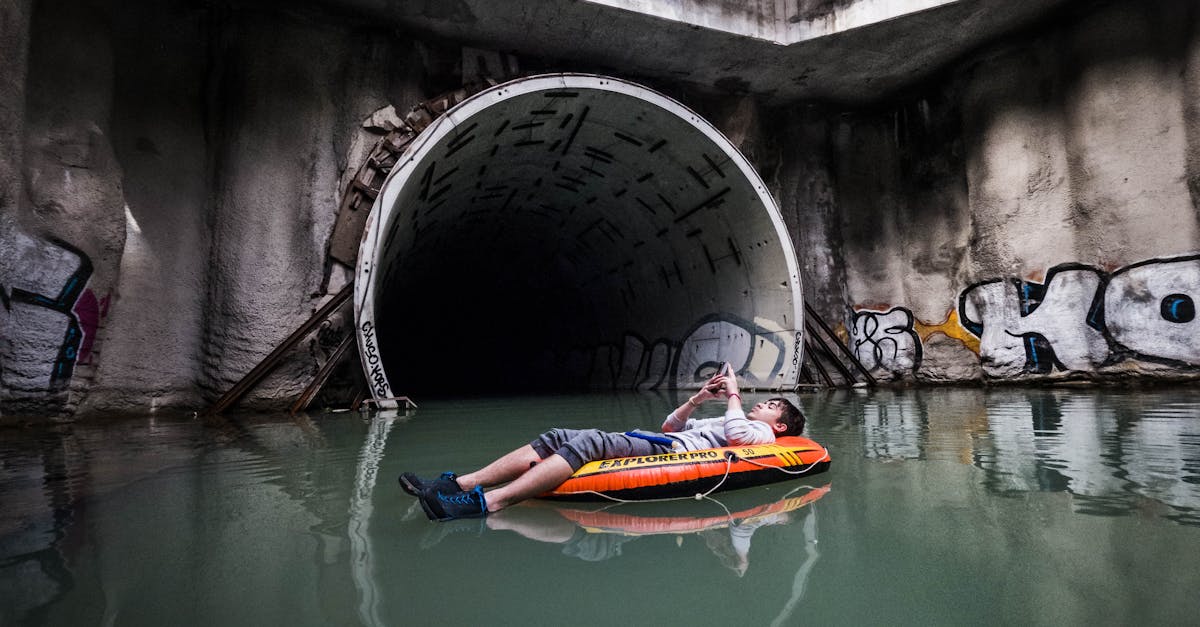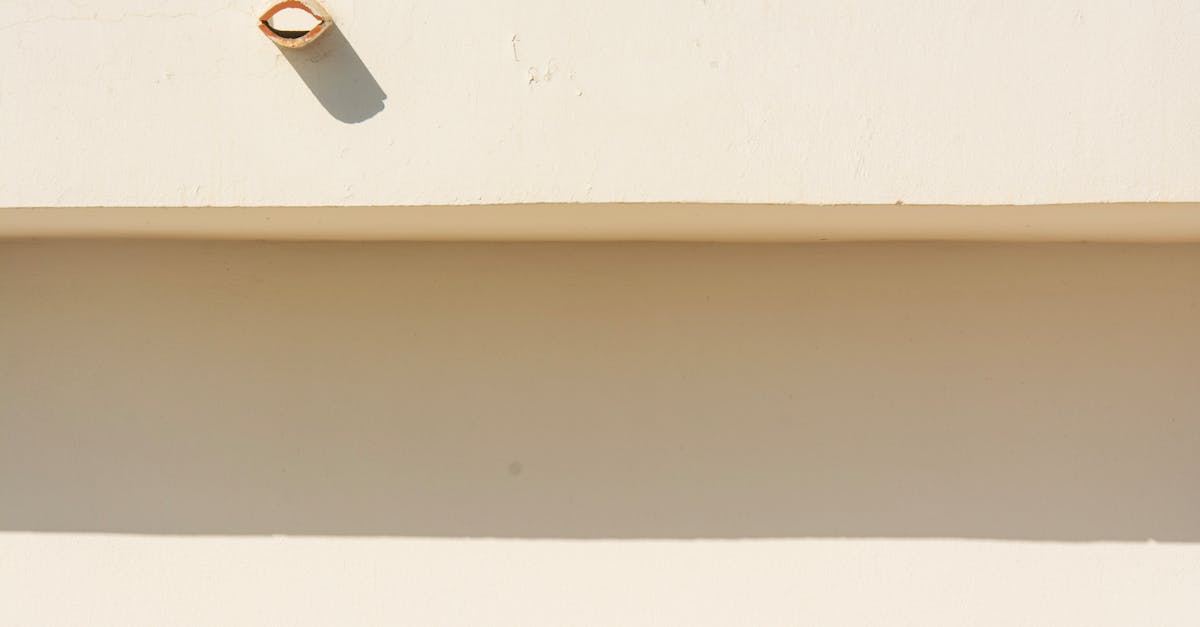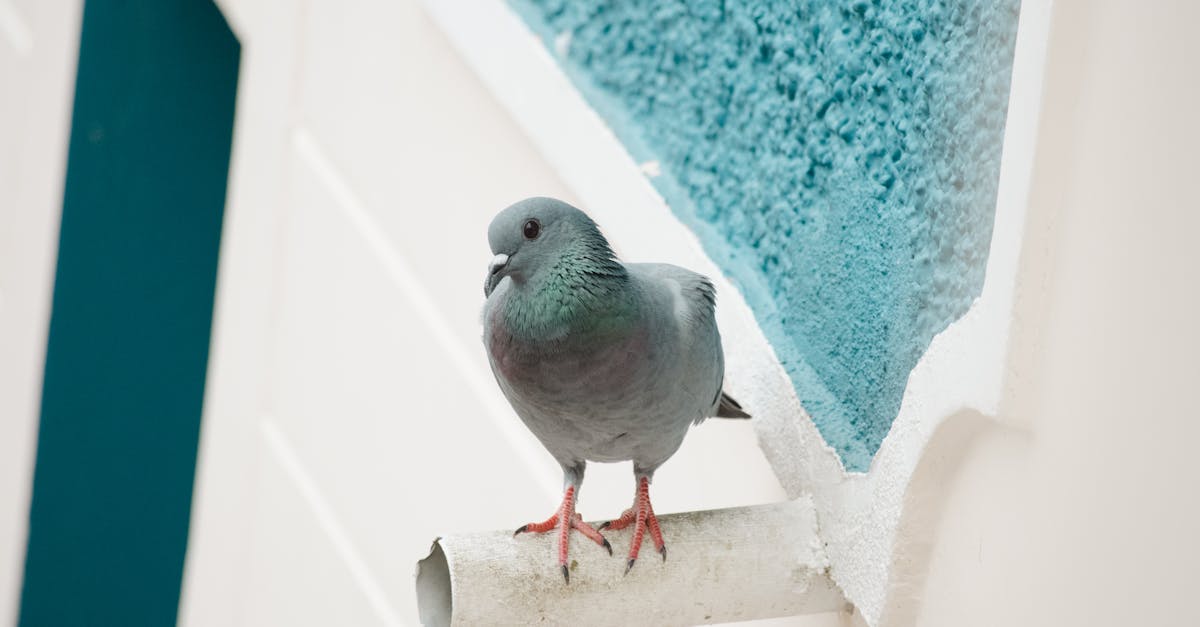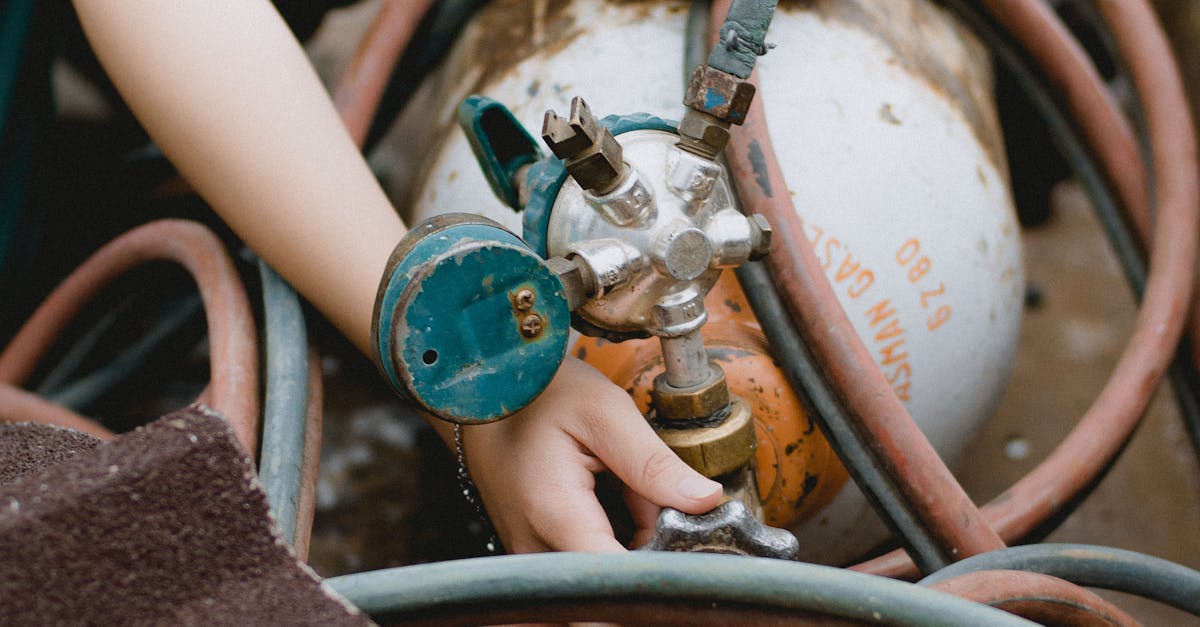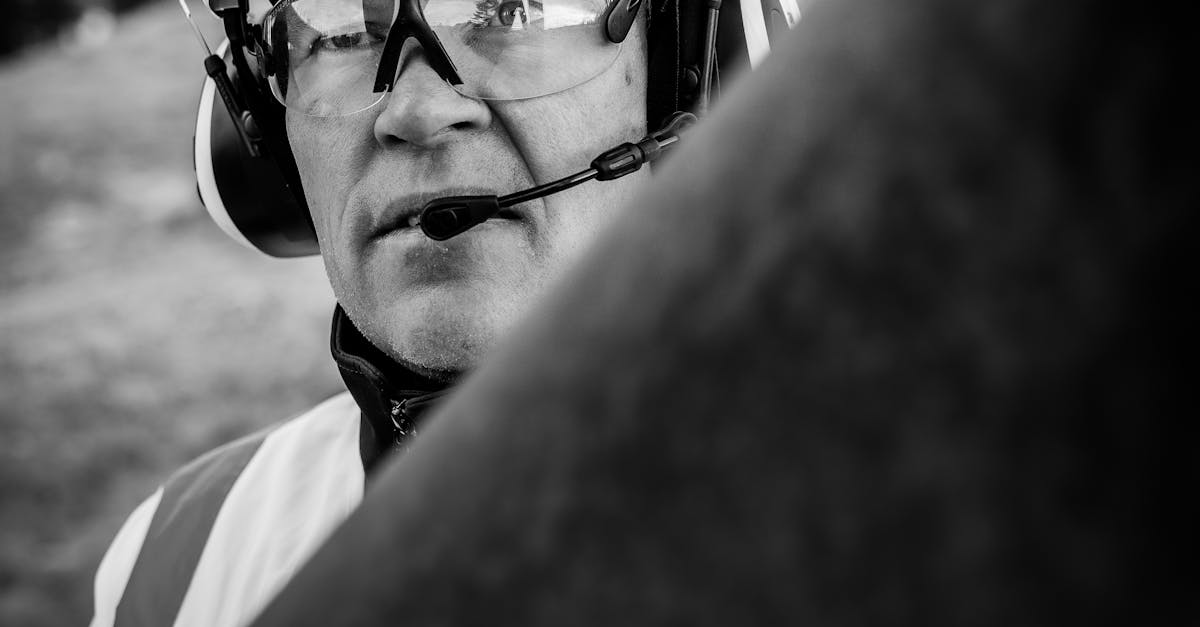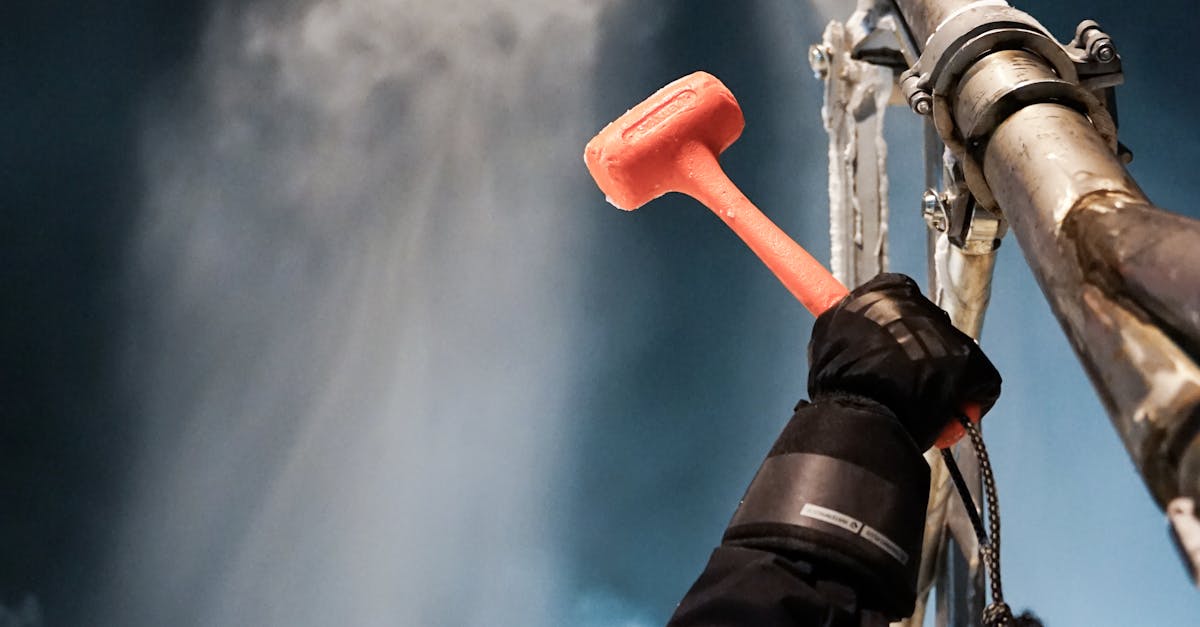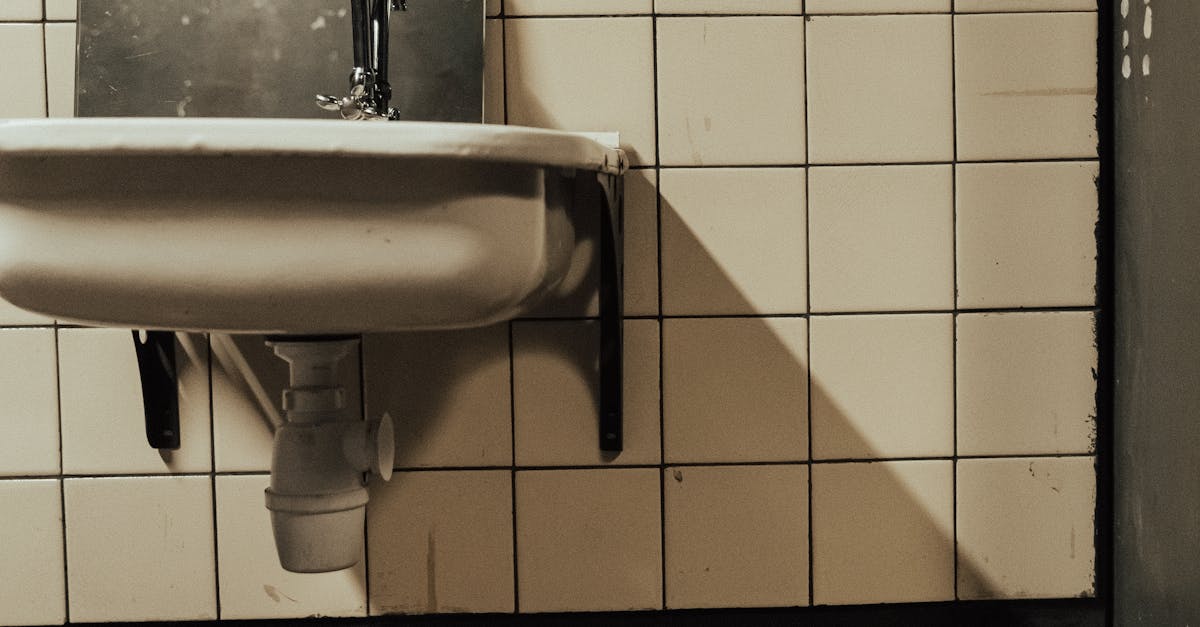
Table Of Contents
Risk of Incomplete or Inaccurate Repairs
Pipe relining is often marketed as a quick and effective solution for repairing damaged pipes, yet there is an inherent risk of incomplete or inaccurate repairs. Factors such as the condition of the existing pipes and the skill of the technicians can significantly influence the outcome. If the initial assessment is not thorough, underlying issues may go unnoticed, leading to further complications down the line. In some cases, the relining material may not properly bond with the old pipes, resulting in weak points that are vulnerable to future damage.
The implications of these inaccuracies can be costly. Homeowners may find themselves facing recurring problems like leaks or blockages, which can necessitate additional repairs or even a full replacement of the piping system. Additionally, unresolved issues can lead to more significant water damage and structural problems in a property. Dependable evaluation and careful consideration prior to undertaking pipe relining are essential to mitigate these risks and ensure a lasting repair solution.
Importance of Professional Evaluation
Engaging a professional for a thorough evaluation prior to pipe relining is crucial to ensure that the procedure addresses the underlying issues effectively. Professionals can accurately assess the condition of the pipes and identify any potential problems that may not be immediately visible. This expertise helps prevent further complications that can arise from superficial repairs, ensuring a more comprehensive solution is applied from the outset.
The right assessment will also determine the suitability of pipe relining for the specific system involved. Each plumbing scenario is unique, and what works for one system may not be appropriate for another. A professional can offer insights into the best materials and methods to use, optimising the benefits of pipe relining while minimising risks associated with inadequate evaluations.
Effects on Water Flow and Pressure
Pipe relining can sometimes lead to unintended consequences regarding the flow and pressure of water within the plumbing system. When a new lining is installed, it can reduce the diameter of the existing pipe, which may restrict water flow. This narrowing can create pressure drops, making it difficult for water to move efficiently through the system. Homeowners may experience fluctuating water pressure or reduced flow rates from taps and fixtures, which can be especially problematic during peak usage times.
After undergoing pipe relining, it's crucial to monitor the changes in water flow and pressure. Some systems may show immediate improvements, while others could suffer from diminished performance. A thorough assessment of water usage and plumbing function post-relining can help identify any adverse impacts. This ongoing evaluation ensures that any issues are addressed swiftly, allowing for a better understanding of how the relining procedure affects overall plumbing efficiency.
Analyzing Changes PostRelining
Post-relining evaluations are crucial for assessing the efficacy of pipe relining. Homeowners should monitor key parameters such as water flow, pressure, and signs of leaks. Any significant deviations from pre-relining conditions could signal underlying issues that were not addressed during the process. Regular inspections can help identify these problems early, preventing more severe damage and costly repairs down the line.
Additionally, understanding changes in water quality is essential after pipe relining. While the process aims to restore functionality, the introduction of new materials may affect the water's taste or appearance. Testing for contaminants can ensure that the relined pipes maintain the desired safety standards. Engaging a professional for comprehensive evaluations helps guarantee that any complications following the relining are adequately managed.
Environmental Considerations
Pipe relining is often marketed as a more environmentally friendly alternative to traditional pipe replacement. By rehabilitating existing pipes, it reduces the need for excavation, which can lead to significant disturbances in the surrounding landscape. This method can minimise the environmental footprint associated with the production and transportation of new materials. However, it is crucial to carefully consider the types of materials used in the relining process. Some resin products may contain harmful chemicals that could leach into the soil or waterways, potentially causing long-term ecological damage.
Moreover, the process of pipe relining may lead to temporary increases in waste production, particularly if the existing pipes are filled with debris or contaminants. Disposal of these waste materials requires adherence to strict environmental regulations to avoid contamination risks. Proper assessment and management of waste generated during the relining process are vital to ensure that the overall environmental impact remains minimal. Awareness of these factors is essential for making informed decisions about whether pipe relining is a sustainable option for specific situations.
Evaluating the Impact of Pipe Relining
The environmental implications of pipe relining can be substantial. While this method is often hailed for its ability to extend the lifespan of existing plumbing without the need for extensive excavation, it is essential to consider the materials used in the relining process. Some types of resin or lining materials may release harmful substances into the environment. Furthermore, any disturbance to the existing pipe system can lead to unintended consequences, potentially affecting soil quality and local ecosystems.
In addition to environmental factors, the performance of newly relined pipes must be closely monitored to ensure they function properly. Instances of reduced water flow or altered pressure can occur post-relining, sometimes affecting the overall efficiency of plumbing systems. Regular assessments are crucial in identifying these changes, allowing for timely interventions and adjustments. Maintaining optimal water flow and pressure after pipe relining is vital for the comfort and functionality of any property.
FAQS
What are the common problems associated with pipe relining?
Common problems with pipe relining include the risk of incomplete or inaccurate repairs, effects on water flow and pressure, and potential environmental concerns.
Why is professional evaluation important before pipe relining?
Professional evaluation is crucial as it helps to accurately assess the condition of the pipes, determine the need for relining, and ensure that the right techniques and materials are used for effective repairs.
Can pipe relining affect my water flow and pressure?
Yes, pipe relining can sometimes lead to changes in water flow and pressure, which may result from the added thickness of the lining or blockages that can occur during the process.
What environmental considerations should I be aware of regarding pipe relining?
Environmental considerations include the potential use of chemicals in the relining process, waste generated during the operation, and the impact on surrounding ecosystems if not managed properly.
How can I analyse changes in my plumbing system after pipe relining?
To analyse changes, monitor your water flow and pressure, conduct regular inspections, and consider getting a professional assessment to identify any issues that may arise post-relining.
